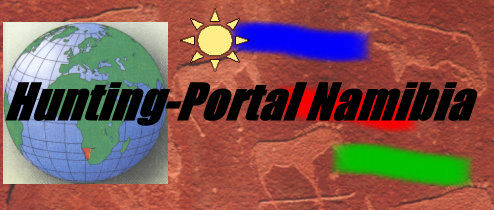Males in neighboring territories, as a rule, have peaceful behavior towards each other. Ritualized actions during encounters include throwing the head out of the water or staring at each other at close range. Also, the swirling of the faeces by rapidly circling tail movements, which is exercised in the water and on land, is assigned more to a signal function and less to a territory-indicating function. When they feel threatened, male hippos show their large incisors and canines with their mouths wide open.
A defender of a precinct first tries to drive away intruders with imposing. If this does not succeed, it can lead to violent arguments, which are mainly carried out with the lower canines. Many older males have scars from these fights, and the death of an opponent is not uncommon.
Most often, hippos are hunted in the water. It is advisable to hunt in the early morning, after the animals have branched extensively during the night and the killed animal quickly floats to the surface due to the digestive gases produced in the intestines.
An appeal of the trophy is only possible if you wait for the yawn of the hippopotamus bull. In most cases, only a brain shot is possible. If possible, this should be attached sideways to the ear canal or ear root.
Early in the morning or late in the evening, it is also possible to kill hippos when leaving the water on land. Sometimes larger animals can also be surprised during the day on a sandbank or in shallow water.
Only by the slightly superior size and dominant behavior can the bull be distinguished from a cow.


